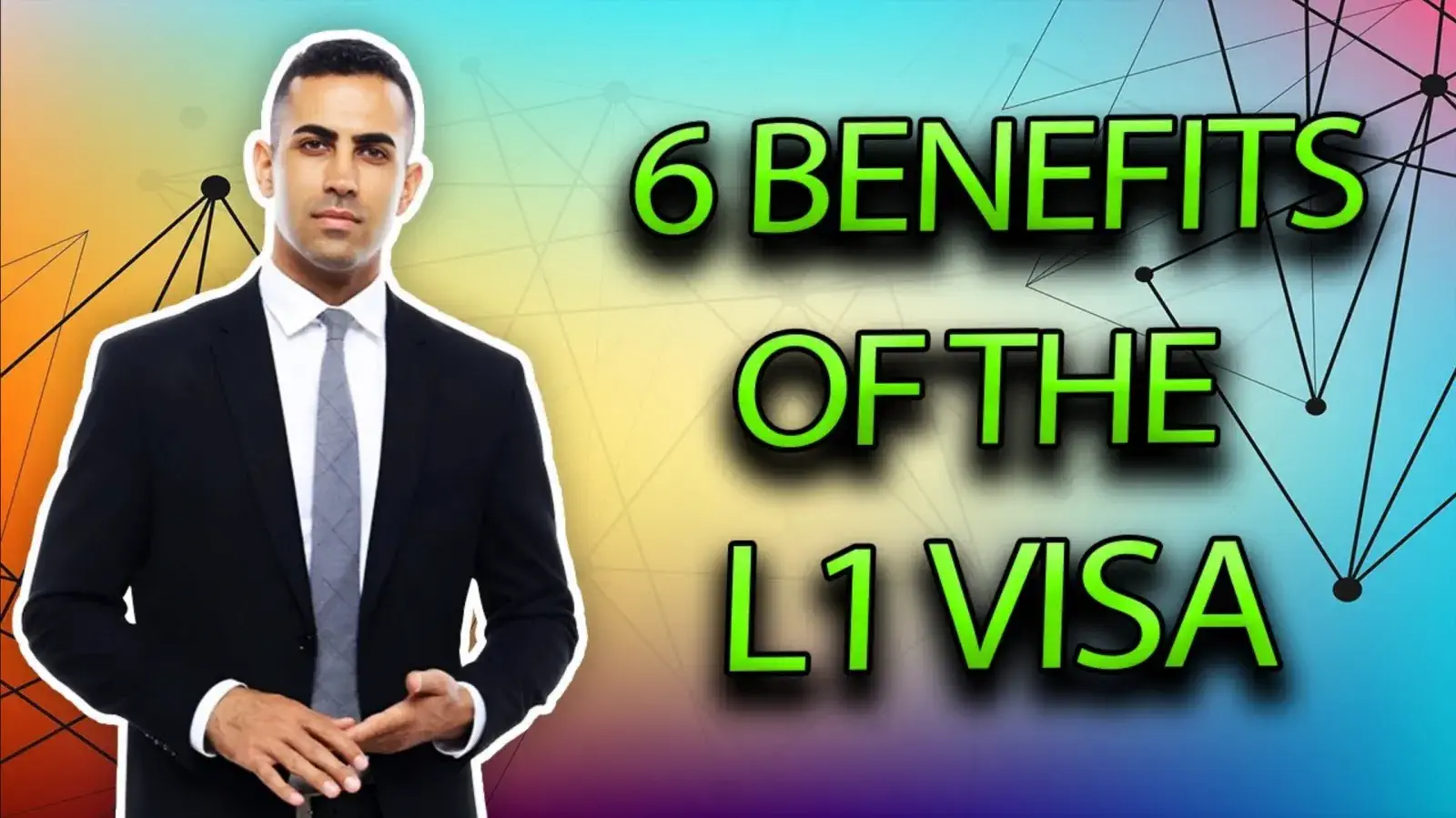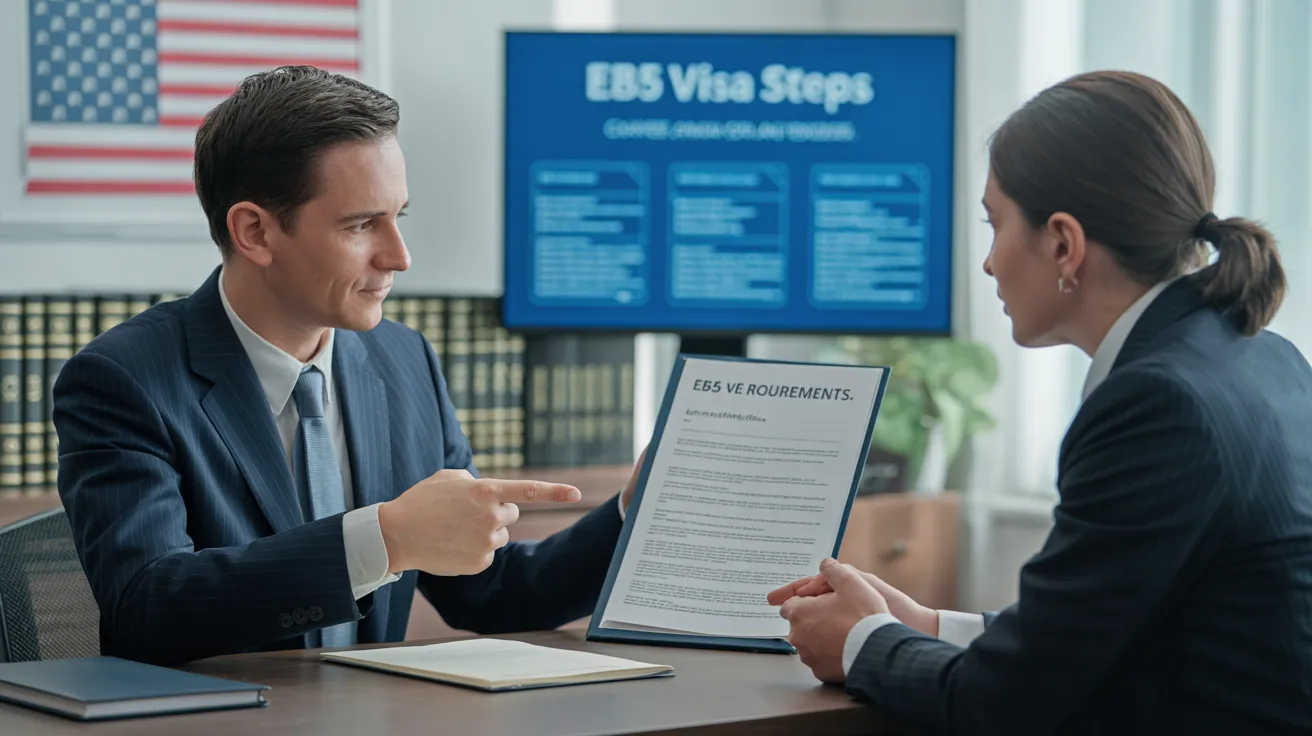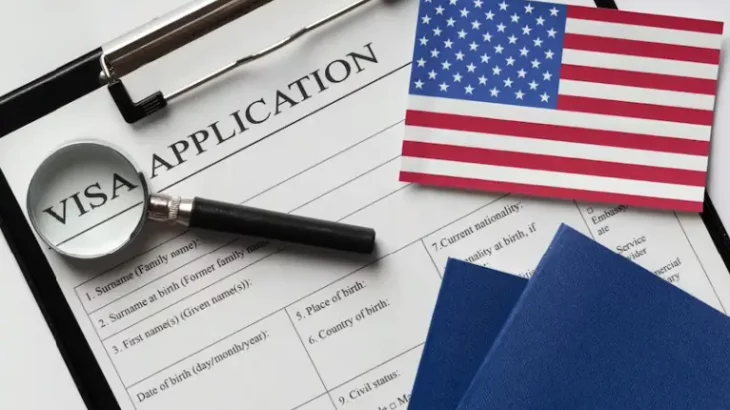Apply for L1 Visa
The 8-Minute Rule for L1 Visa
Table of ContentsL1 Visa Can Be Fun For Everyone4 Easy Facts About L1 Visa ExplainedEverything about L1 VisaA Biased View of L1 VisaL1 Visa Things To Know Before You Get ThisNot known Facts About L1 Visa
Offered from ProQuest Dissertations & Theses International; Social Science Costs Collection. DHS Workplace of the Assessor General. Obtained 2023-03-26.
U.S. Department of State. Retrieved 2023-02-08. Tamen, Joan Fleischer (August 10, 2013).
See This Report on L1 Visa
In order to be qualified for the L-1 visa, the international company abroad where the Beneficiary was utilized and the U.S. business should have a certifying partnership at the time of the transfer. The different sorts of certifying connections are: 1. Parent-Subsidiary: The Moms and dad means a company, firm, or other lawful entity which has subsidiaries that it possesses and regulates."Subsidiary" implies a company, corporation, or other lawful entity of which a moms and dad owns, straight or indirectly, greater than 50% of the entity, OR owns much less than 50% yet has monitoring control of the entity.
Company A has 100% of the shares of Firm B.Company A is the Parent and Company B is a subsidiary. There is a certifying connection between the 2 firms and Business B need to be able to sponsor the Recipient.
Business A possesses 40% of Business B. The staying 60% is had and managed by Company C, which has no connection to Business A.Since Business A and B do not have a parent-subsidiary partnership, Business A can not sponsor the Recipient for L-1.
Instance 3: Firm A is integrated in the U.S. and wants to request the Beneficiary. Business B is integrated in Indonesia and uses the Recipient. Firm An owns 40% of Company B. The continuing to be 60% is had by Business C, which has no connection to Business A. Nevertheless, Firm A, by official arrangement, controls and full handles Company B.Since Company An owns less than 50% of Company B yet manages and manages the firm, there is a qualifying parent-subsidiary relationship and Company A can fund the Recipient for L-1.
3 Simple Techniques For L1 Visa
Affiliate: An associate is 1 of 2 subsidiaries thar are both possessed and controlled by the exact same parent or individual, or owned and managed by the same team of people, in generally the very same proportions. a. Instance 1: Firm A is incorporated in Ghana and utilizes the Recipient. Firm B is incorporated in the U.S.
Company C, additionally incorporated in Ghana, owns 100% of Business A and 100% of Business B.Therefore, Business A and Firm B are "associates" or sister business and a qualifying partnership exists in between both companies. Firm B need to be able to sponsor the Recipient. b. Instance 2: Company A is included in the united state
Company A is 60% possessed by Mrs. Smith, 20% had by Mr. Doe, and 20% possessed by Ms. Brown. Firm B is integrated in Colombia and presently uses the Recipient. Business B is 65% possessed by Mrs. Smith, 15% owned by Mr. Doe, and 20% owned by Ms. Brown. Company A and Firm B are associates and have a certifying partnership in 2 various methods: Mrs.
The L-1 visa is an employment-based visa group developed by Congress in 1970, enabling multinational business to transfer their managers, execs, or key personnel to their united state procedures. It is generally described as the intracompany transferee visa. There are 2 major kinds of L-1 visas: L-1A and L-1B. These types appropriate for employees read more employed in various positions within a business.

Furthermore, the beneficiary needs to have operated in a supervisory, exec, or specialized staff member placement for one year within the three years coming before the L-1A application in the international business. For new workplace applications, international work has to have remained in a supervisory or executive capacity if the beneficiary is pertaining to the United States to work as a manager or exec.
The Best Strategy To Use For L1 Visa

If given for an U.S. business operational for greater than one year, the first L-1B visa is for as much as 3 years and can be extended for an extra 2 years (L1 Visa). On the other hand, if the united state company is recently established or has actually been operational L1 Visa attorney for less than one year, the first L-1B visa is released for one year, with extensions available in two-year increments
The L-1 visa is an employment-based visa classification established by Congress in 1970, allowing multinational companies to move their supervisors, executives, or key personnel to their united state operations. It is frequently referred to as the intracompany transferee visa. There are two primary kinds of L-1 visas: L-1A and L-1B. These kinds appropriate for workers employed in different settings within a business.
All About L1 Visa
Additionally, the recipient needs to have functioned in a managerial, exec, or specialized staff member placement for one year within the 3 years preceding the L-1A application in the foreign contact us firm. For new workplace applications, international employment has to have remained in a supervisory or executive capability if the beneficiary is coming to the USA to work as a supervisor or executive.
for approximately 7 years to manage the operations of the U.S. associate as an exec or supervisor. If issued for an U.S. business that has been operational for even more than one year, the L-1A visa is at first provided for approximately 3 years and can be extended in two-year increments.
If provided for an U.S. firm functional for even more than one year, the initial L-1B visa is for approximately three years and can be expanded for an extra 2 years. Conversely, if the united state company is freshly developed or has been functional for much less than one year, the first L-1B visa is issued for one year, with expansions offered in two-year increments.